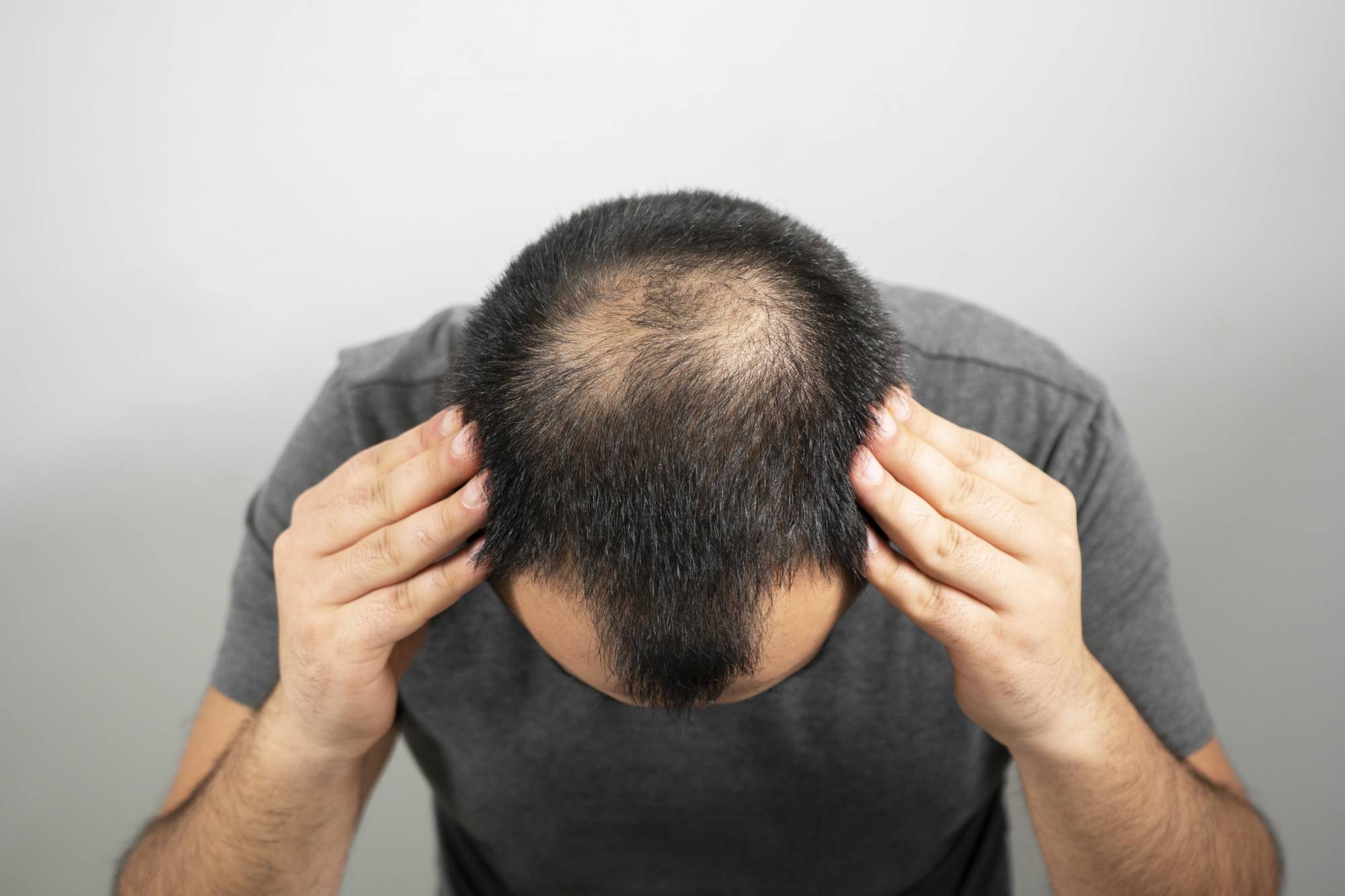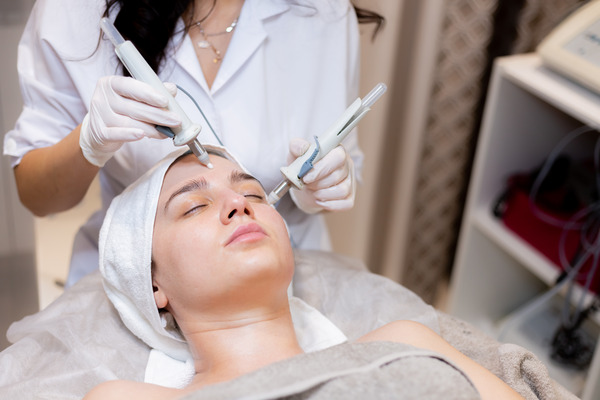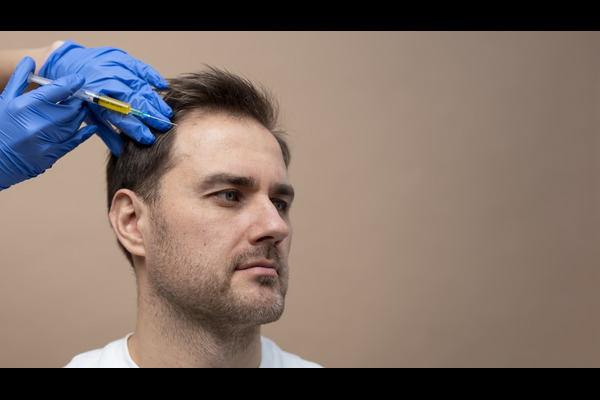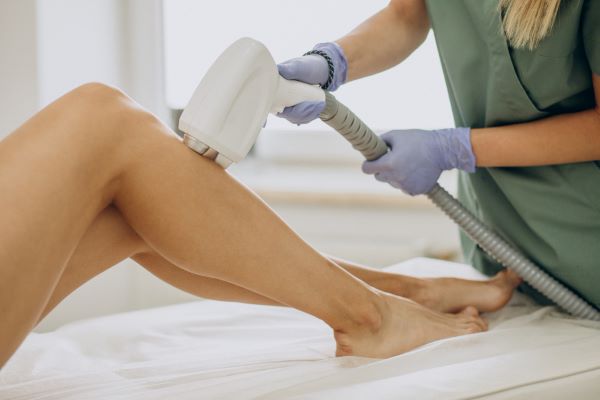
Shedding After Hair Transplant; Is It Normal?
In the process of a hair transplant, grafts are temporarily deprived of blood supply. In response to this insult, transplanted hairs will shed their strands as they attempt to conserve energy and heal themselves by withdrawing nutrients that would go toward producing more cells for new growth. In this article we'll read if shedding of hair after hair transplant surgery is normal or not!
Shock Loss is a normal occurrence after any procedure of hair transplant surgery. It starts 1-2 weeks after the procedure and will continue for about 8 months before growing back to your natural growth pattern.
What Is Shock Loss?
Hair transplant is a procedure that moves and places genetically resistant hairs from the back of a person's head in areas where they're losing their scalp. Tiny openings or "stab incisions" are created through which individual grafts can be inserted, but this process is sometimes traumatic on existing scalps, causing temporary shedding called effluvium that may also be referred to as shock loss.
Shedding of hair grafts after a hair transplant can be noticed anywhere between 1-5 weeks, but it is important to remember that the new hairs will grow back again. Shock loss is a normal part of the hair restoration process and it will not cause any permanent damage to your head. It's unavoidable, but also temporary - new hairs tend to grow at different rates but do grow back eventually.
Why Does Hair Shed After Hair Transplant Surgery?
Shedding hairs after hair transplant is a natural process that happens to most people, but the shedding becomes more prominent after trauma. The hair growth cycle consists of three stages: the growing stage when it's still connected to its follicle and able to produce strands; transition phase where some strands are lost with plucking or other external influences; then rest as they get ready for their final destination on top of your head.
The human hair follicle goes through some traumatic events during transplant surgery: First, it is forcefully cut away from its blood supply and disconnected. The traumatized hair then gets re-implanted back into the scalp amidst many other surrounding hairs who have also been affected by incisions and anesthetic.
What Is The Shedding Like?
After a hair transplant, the implanted follicles will stay in their new place for 1- 2 weeks. In this period, you may experience shock loss of your transplanted hair as early as 10 days after surgery. This can last up to 12 weeks before it starts growing back again. This process is normal, and you may experience it after getting the hairs implanted through a transplant procedure.
Some patients may notice that their non-transplanted hairs are also shed after a hair transplant. The risk of this happening is increased if they have many thin or miniaturized hairs in-between newly transplanted ones. Shock loss of old hair post-surgery is common and may occur within 2 weeks or up to months later. Despite being a rare occurrence, this process can be self-resolving as all the lost hairs should grow back.
In rare cases, the donor area can experience shock loss which occurs when hair growth has been interrupted and it usually happens to those who have had surgery performed by inexperienced surgeons.
When Does Shedded Hair Grow Back?
Hair grafts should be left to grow naturally. The surgery leaves the hair follicles dormant for a short period of time, during which they may shed or fall out in clumps after 2-12 weeks. After this natural shedding process has taken place, new hairs will start growing back over 4-18 months post-op with an increased density as long as they are allowed to do so without trimming them off prematurely.
Can Shedding Be Avoided?
Although there’s no possible way to avoid hair shedding after a hair transplant surgery just yet, there are ways to minimize it. Consider the tips below:
Medication;
Minoxidil (For Men and Women) - Minoxidil, popularly known as the brand term
‘Rogaine’, is a well-known drug that has been proven to be effective against hair loss. It has been known to increase hair growth and darken fine hairs. It can take about 4-6 months for results. Minoxidil is a solution you can apply to thicken areas of thin hair and help prevent the loss. The foam also helps quicken growth for hairs that have shed due to shock.
Finasteride (For Men) - Finasteride works by binding with the enzyme 5-Alpha Reductase that is responsible for helping produce DHT in our body. Finasteride is a medication that reduces the level of dihydrotestosterone in the scalp. Many men have reaped its benefits, preventing hair loss while thickening their hair to come off with less shedding than before. Once used daily, you may start to see the full effects in as little as 3 months.
Timing Of The Hair Transplant
Hair transplantation is often recommended to those experiencing significant shortening and thinning of their follicles as soon as possible while there is still time left. However, this isn't always feasible so sometimes patients wait until later stages which ultimately makes their new growth appear even more sparse than what was already present beforehand. Hence, it’s important to reach out to a professional as soon as you first notice the symptoms of severe hair loss.
Camouflaging
Cosmetic camouflaging products can disguise the physical evidence of hair shedding and thinness by adding volume to balding areas, including hair-building fibers for fuller coverage and thickness. Experts may use topical shading to camouflage bald spots on the scalp that are caused by this process.
Conclusion
Hair transplants are an effective treatment for hair loss, but risks may be unavoidable if the procedure is executed by an inexperienced surgeon. Seeking out a board-certified surgeon can help you get the result that you want - without worry or extra complications along the way.
Kaayakalp is a hair transplant clinic where we use the latest technologies and equipment to perform various types of surgeries such as reconstructive and cosmetic surgery. Headed by Dr. V.S. Rathore who has performed over 2100 successful hair transplants with absolutely precise results, we can say that Kaayakalp is the best hair transplant clinic in Kolkata.








